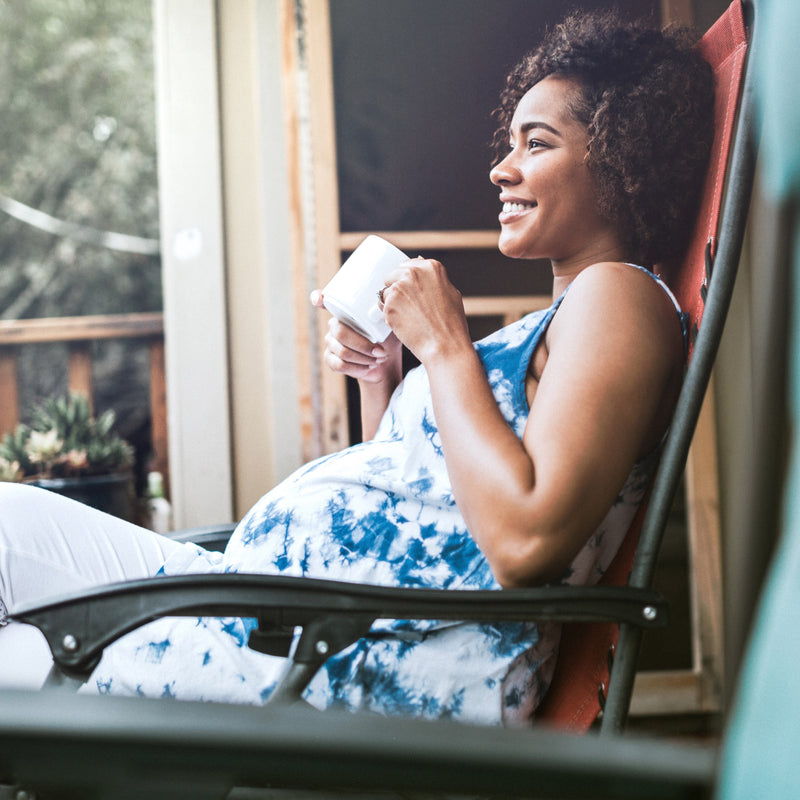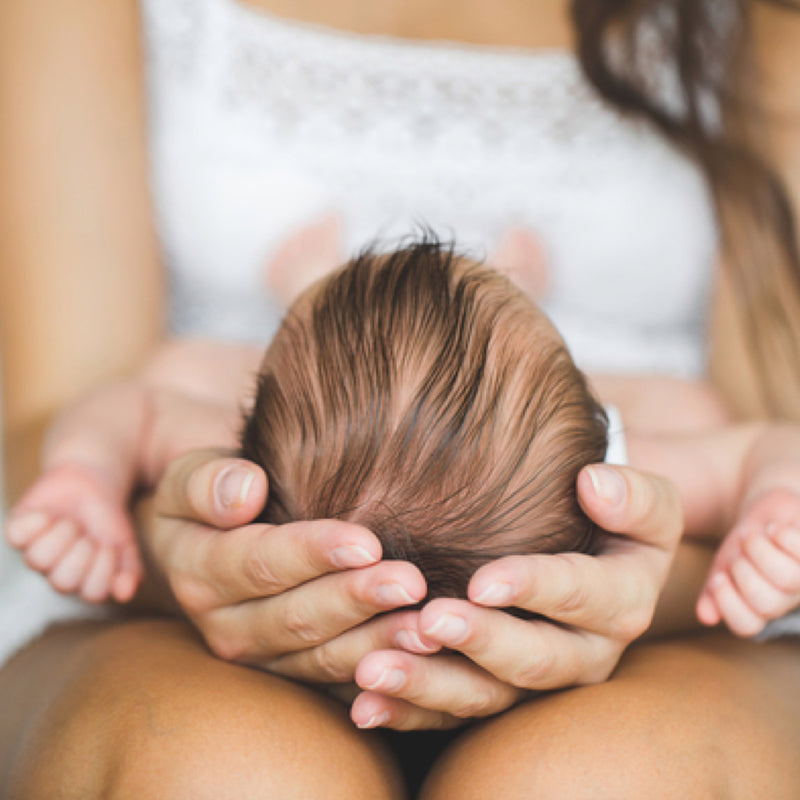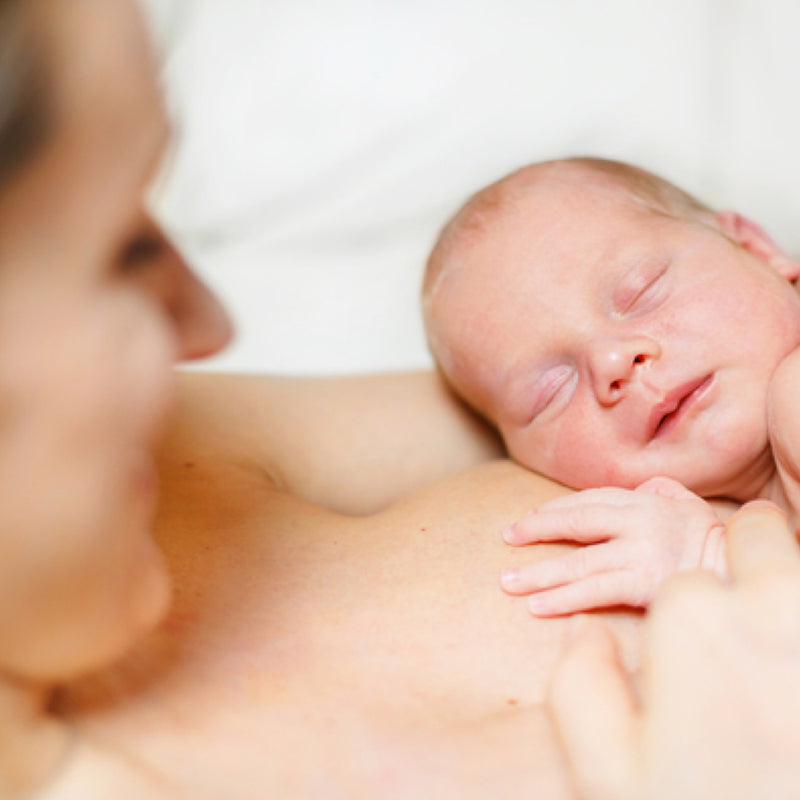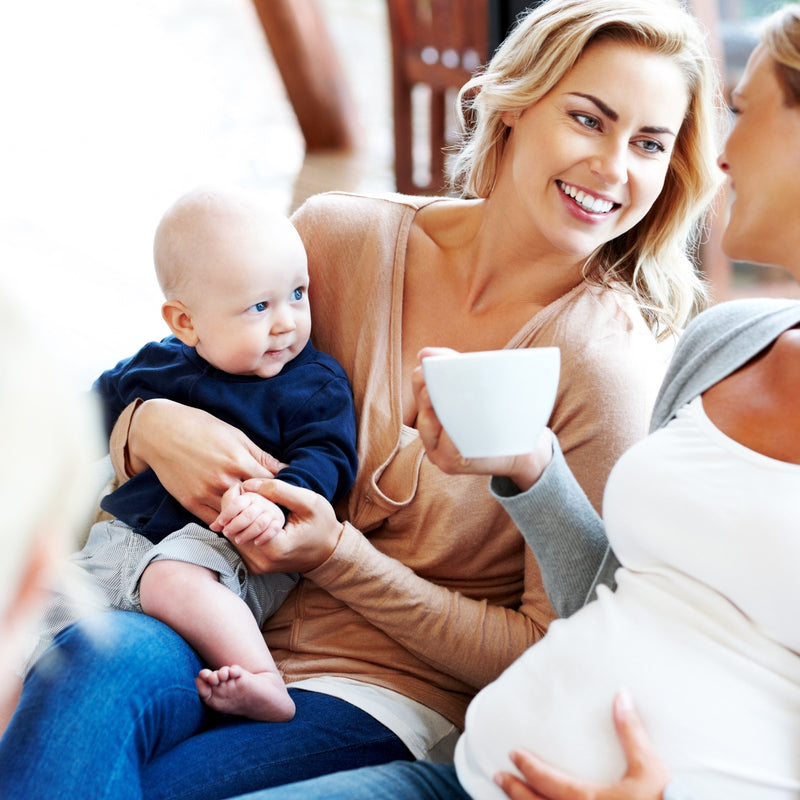It’s so hard to know if a baby is warm enough, cool enough, too warm or too cool. And if we’re honest, sometimes it’s a bit of a challenge to work this out when it relates to ourselves. One minute we can feel as if we’re overheating and the next, want to reach for a jumper.
The best way to gauge if your baby is dressed comfortably, is to feel the skin on their back or tummy. The sensation should be comfortably warm, not hot or cold.
It’s normal for babies’ hands and feet to feel cooler.
What makes it so hard to work out if my baby’s warm?
At the risk of stating the obvious, they can’t tell you how they feel. Wouldn’t that make things so much easier? Which is why you’ll need to hone in on your detective skills in trying to work out if your baby is dressed appropriately.
For some reason we tend to think that babies are more likely to become cold sooner than adults. But a human’s body temperature is the same no matter what age they are. An average temperature is around 37⁰ Celsius. Young babies do have immature temperature regulating abilities, but this does not mean you’ll need to factor this in when choosing how to dress your baby.
Think about how you’re dressed yourself. Some people say a good strategy is to dress the baby in as many layers as the parent, and then add an extra layer. But this doesn’t allow for very hot days when another layer could just be too much for comfort.
Room Temperature
According to rednose.org.au, babies control their temperature mostly through their face and head. This is why positioning babies to sleep on their back helps to protect them from overheating. In Australia, it’s usually not necessary to monitor the room temperature, no matter what spin you’re presented with in a baby shop or by on-line companies.
Unless you have issues with knowing when a room is too hot or cold, trust yourself that you’ll know what’s right for your baby.
- Dress your baby as you dress yourself. If you’re cold, then chances are your baby is as well.
- Dress your baby in a sleeping bag with no hood, fitted armholes and fitted neck. Avoid using blankets, doonas, bumpers, sheepskins or soft toys in your baby’s cot.
- If you don’t want to use a sleeping bag, use layers of lightweight blankets and tuck them in underneath the cot mattress. Remove a layer or two if you feel your baby too warm.
- If your baby is sick, they may have a temperature. A fever is a temperature of 38 ⁰ Celsius or higher. A fever will cause their skin to feel hot and even clammy to the touch.
Top tips when Choosing Baby Clothing
- Aim for natural fibres in your baby’s clothing like cotton, linen or bamboo. Artificial fibres don’t ‘breathe’ like natural fibres do.
- Avoid overdressing your baby just because you want them to look cute. What’s important is that your baby is comfortable and dressed appropriately for the weather.
- Put socks on your baby’s feet in winter or, look for onesies with feet. After washing, stretch socks or the feet of suits so your baby’s toes have enough wriggle room. Also check for loose threads which could cause a tourniquet effect. Hair can do this as well.
- In hot weather, dress your baby is looser, light clothing. In summer, often a nappy and singlet is enough for comfort.
- In cold weather, dress your baby in layers so you can easily remove these when you’re inside. If you put a hat on your baby, take this off as soon as you’re in a warm place. Babies can easily overheat if their head is covered.
- If you’re using a swaddle or sleeping bag, don’t overdress your baby underneath. These extra layers will provide their own warmth.
- Position your baby’s cot in a room which has good ventilation and light. Use an air-conditioner or heater to warm the room to a comfortable temperature, generally this is around 23 ⁰ Check here for energy efficient options.
How to Dress Your Baby in Hot Weather
- Only use natural fibres – a singlet or light cotton top with a nappy, is generally enough over the summer months.
- Make sure their nappy is the right size for their age and weight. A tight nappy can feel restrictive and won’t allow comfortable movement.
- Change your baby’s clothing regularly so they feel cool and fresh.
- Bath your baby as a way of cooling them down. If they’re hot and miserable, a bath and feed may help them to calm.
- Think about your baby’s comfort if they’re in a sling or a pouch. Although close physical contact is great for bonding, babies can become extra warm when they’re up close and personal.
- Be mindful that using a sun cover or canopy over a pram or stroller can lead to an increase in heat. Avoid going out in the middle of the day in the summer months if you can help it.
What not to do
- Think you’re being overly anxious if you’re worried about your baby being dressed appropriately. No parent knows with 100% certainty, that their baby is dressed in the right amount or type of clothing.
- Put so many layers of clothing on your baby that their face is flushed and they look hot and sweaty. Better to err on the side of less clothing, than too much if you’re unsure.
- Ignore your baby’s signals that they’re uncomfortable. Follow your baby’s cues and signals that they’re giving.
- Co-sleep with your baby if you think they need warming up.
- Leave a hat or a bib on your baby when you put them to bed. A bib can cover their face and a hat lead to overheating.
- Dress your baby in long, flowing clothes which could be tripped over, or, come in contact with a heater or flame. Check here for guidelines around mandatory standards for children’s nightwear.
- Strap your baby into their car seat when they’re swaddled or have a thick coat on. Harnesses work best in close proximity to the baby’s body, not when there is a gap between the harness and the baby.
- If your baby is hot and thirsty, expect them to want to feed more frequently. Breastfed babies don’t need extra water to drink if they are feeding frequently and their intake of milk adequate. If your baby is bottle feeding, make sure you’re preparing the formula according to the recommendations.
Written for Nourish by Jane Barry, Midwife and Child Health Nurse.
Our Products
-
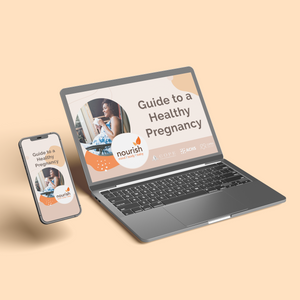
01. Guide to a Healthy Pregnancy
$55 -
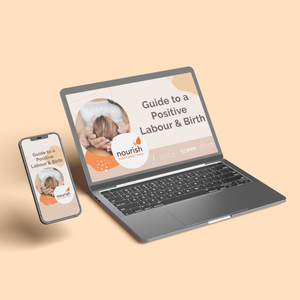
02. Positive Birthing Course
$55 -
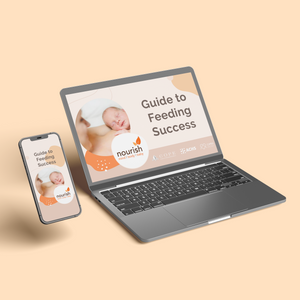
03. Infant Feeding Guide
$55 -
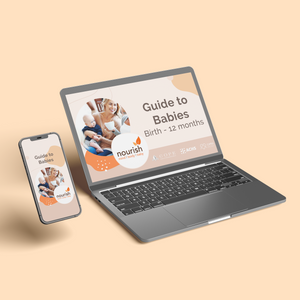
04. Baby Sleep Guide - First 12 Months
$55 -
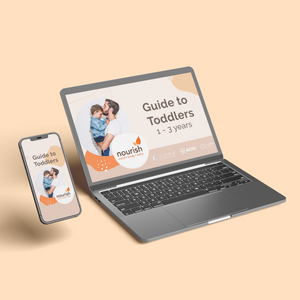
05. Toddler Parenting Course 1 - 3 Years
$55
-
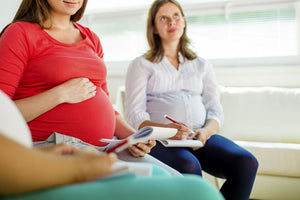 When to Start Antenatal Classes?
When to Start Antenatal Classes?
Becoming a parent is an incredible milestone, but it comes with a host of changes that can be daunting, especially for first time parents. Antenatal classes are all about offering expectant parents the education they need to make informed decisions, look after their bodies and care for their newborn babies. While you probably already have a long list of things you need to accomplish during your pregnancy, it’s a good idea to make time to attend antenatal classes.
-
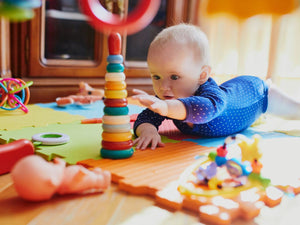 Development Milestones 4-8 Months
Development Milestones 4-8 Months
As they reach the middle of their first year, you'll start to see bigger leaps in their growth and ability!
In this article, we’re going to discuss your baby’s developmental milestones between 4-8 months, and what you can expect along the way.





 When to Start Antenatal Classes?
When to Start Antenatal Classes?
 Development Milestones 4-8 Months
Development Milestones 4-8 Months

